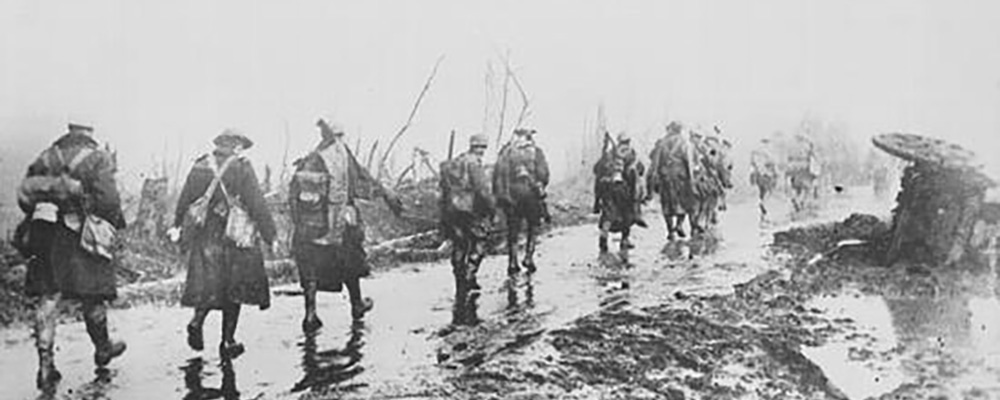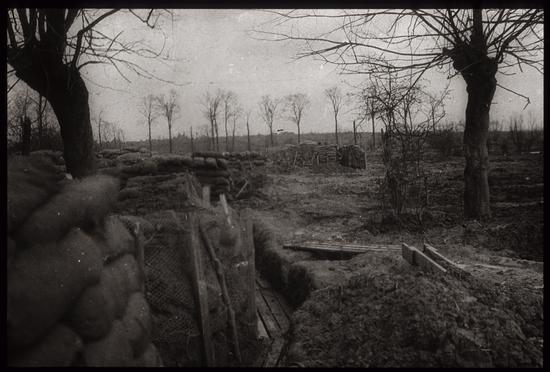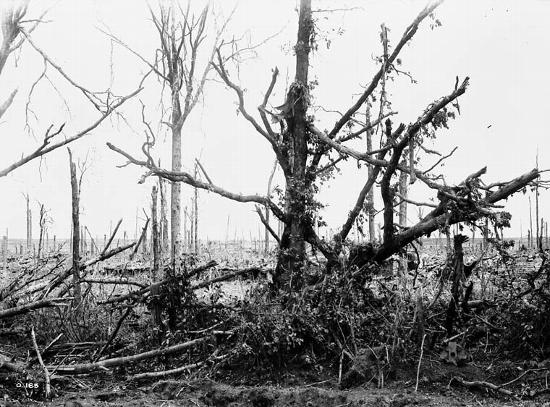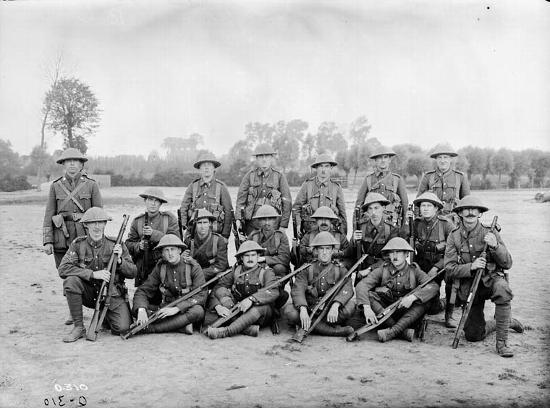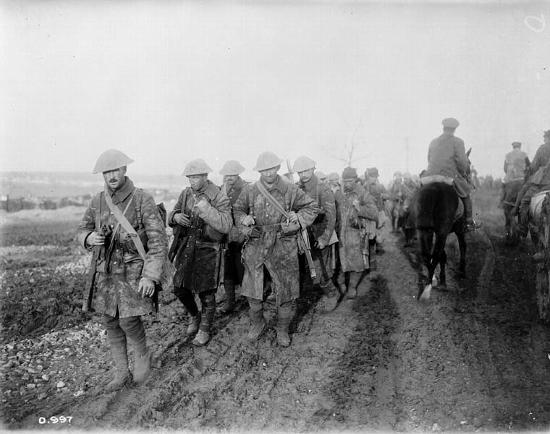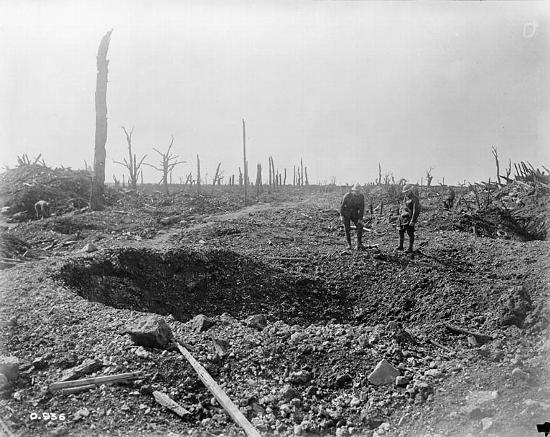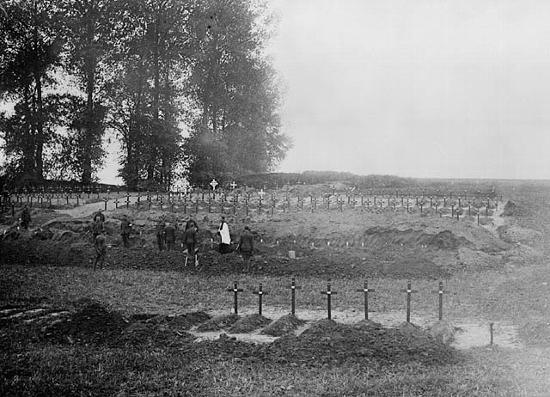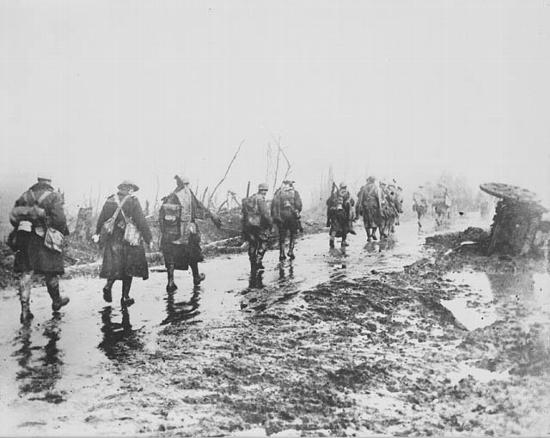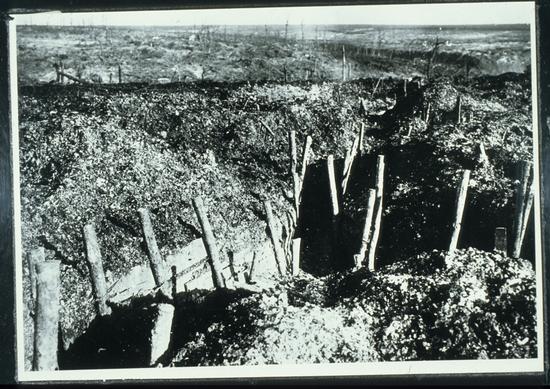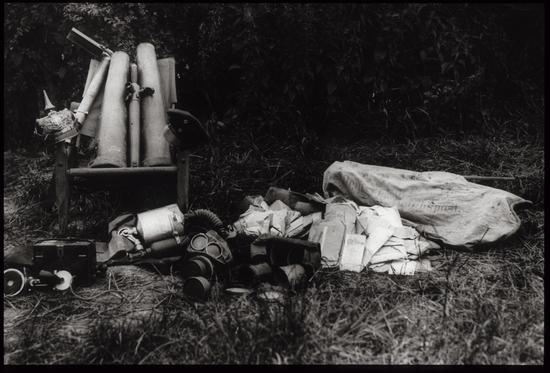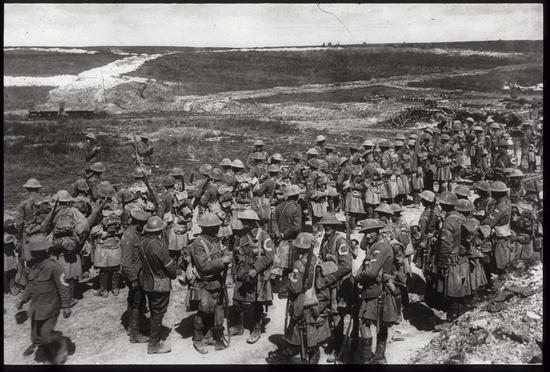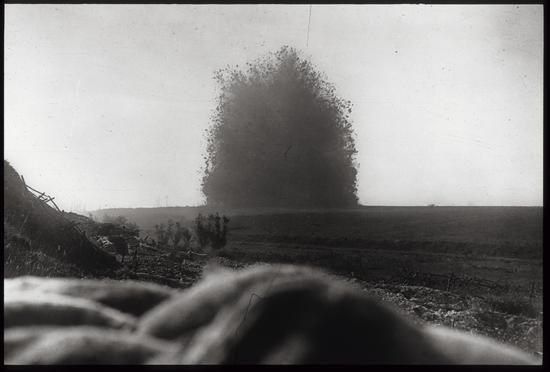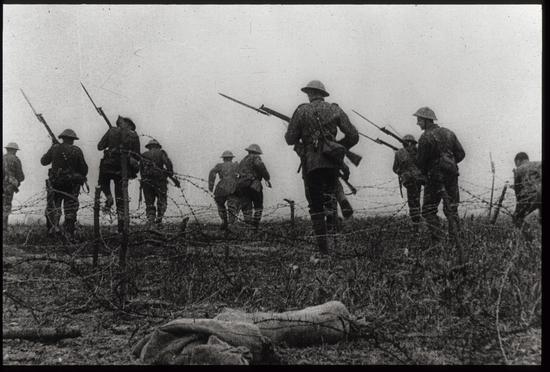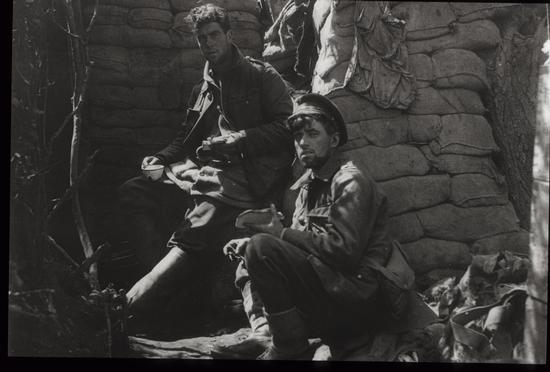Legacy
The Battle of the Somme was in many ways a watershed event in the First World War. The great courage and accomplishments of Canadian soldiers there helped confirm their growing reputation as first-rate front line troops who could capture enemy positions in the face of heavy fire. Indeed, the hard lessons on battlefield tactics that the Canadian Corps learned on the Somme would prove to be very valuable in their future actions.
After the Somme, the Canadians were transferred to the sector of the Western Front near Vimy Ridge. Beginning in the spring of 1917, our soldiers would put together an unbroken string of battlefield successes that culminated in them playing a leading role in the Allied offensives in the last hundred days of the war which would finally end the conflict in November 1918.
